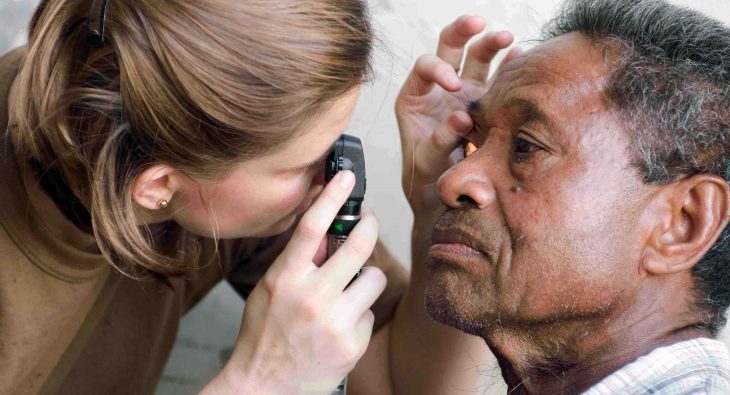How Often Should A Person See Their Eye Doctor?
Diseases and conditions of the eye, such as diabetic retinopathy, glaucoma and cataracts, often can be treated successfully if caught early. Baseline eye exams with an ophthalmologist can detect medical conditions before they become vision threatening. A person’s age, eye health, family history, and medical history then determine how often an eye exam should be performed. Certain factors may warrant more frequent exams.
Pediatricians screen newborns and infants early to detect ophthalmologic problems. Children are then screened by their pediatrician during well child visits for vision problems. A complete, dilated examination with an ophthalmologist is recommended to rule out any underlying medical eye conditions or diseases. Certain eye conditions such as amblyopia can be reversible with early intervention.
Adults who wear corrective lenses or contact lenses should be examined every one to two years as determined by their ophthalmologist. Adults who do not need correction should also have routine eye examinations to check for any underlying medical condition. The American Academy of Ophthalmology recommends baseline eye examinations at the age of 40 as patients develop presbyopia, which is difficulty seeing at near. As patients age the risk of glaucoma, cataracts, dry eyes, and macular degeneration increase. It is then advisable to see your ophthalmologist routinely to check for these eye diseases which can lead to blindness if not treated early.






